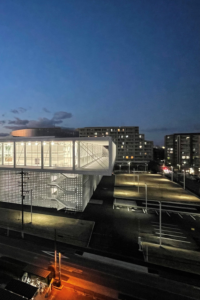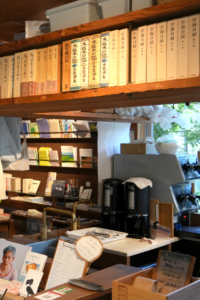
From March 26 to May 19, 2024, the “Special Exhibition: Yoshiwara” was held at the University Art Museum, Tokyo University of the Arts. About 89,900 people visited the museum, and the catalog sold out. It was a great success. The author visited the exhibition on April 16. The huge exhibition of about 230 works included works by many famous artists such as Hishikawa Moronobu (1618?–1694), Hanabusa Itcho (1652–1724), Kitagawa Utamaro (1753–1806), Chobunsai Eishi (1756–1829), Utagawa Kunisada (1786–1865) and others. The exhibition includes works by famous ukiyo-e artists such as Katsushika Hokusai (1760–1849), Sakai Hoitsu (1761–1829), Takahashi Yuichi (1828–1894) and Kaburaki Kiyokata (1878–1972). The author was overwhelmed by the amount of material and the fact that Yoshiwara had been painted by so many artists, and at the same time, recalls feeling confused and unsure of how to interpret the exhibition. Why is there such ... ... [Read more]

